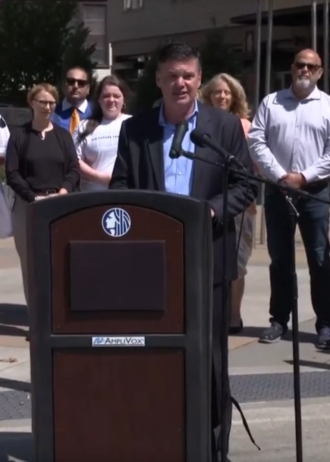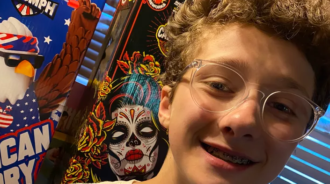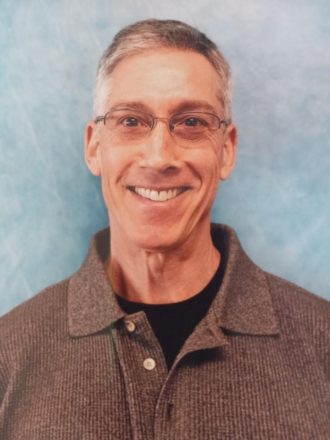 The volunteer-powered Bikery has long provided resources for people to obtain and learn how to repair bikes. Their 30 or so regular volunteers share their bicycle mechanic knowledge with the community through the shop on Hiawatha Place S near S Charles Street. But the organization’s latest service hopes to reach beyond the mechanical to help answer people’s other questions about bike commuting, like with route to take or what kind of bike they need.
The volunteer-powered Bikery has long provided resources for people to obtain and learn how to repair bikes. Their 30 or so regular volunteers share their bicycle mechanic knowledge with the community through the shop on Hiawatha Place S near S Charles Street. But the organization’s latest service hopes to reach beyond the mechanical to help answer people’s other questions about bike commuting, like with route to take or what kind of bike they need.
“There are probably some barriers keeping people from transitioning from car to bike,” said project founder Jordan Sampson. Yet the Bikery’s volunteer base was full of people with lots of experience getting around the region on bike. “There’s knowledge about urban cycling that we weren’t really tapping into.”
The Bikery’s Bike Commute Help Desk is a “100% free service” (though of course donations are always welcome) designed for people who are considering trying to commute by bike or who struggled with their first attempts and would like advice. Send an email to [email protected] and ask your questions. The Help Desk will work to get you answers or connect you with a volunteer in your area who can help.
Most people who are biking now got started with help from someone who was already familiar with biking. It’s so much easier to have someone guide you through the process of getting started than to try to figure it all out alone. It would be amazing to see the Help Desk serve that function for people who don’t have a close friend who’s already into biking.
What the Help Desk needs most now are users. So help them out by spreading the word. If someone you know is interested in bike commuting and you aren’t in a place to advise them, point them to the Help Desk. You could also spread the word at your workplace.
If you’re interested in volunteering with The Bikery, email [email protected]. They are always looking for people who help staff the shop, though they also have other events and tasks. And then maybe you’ll be able to help someone through the Help Desk, too.











